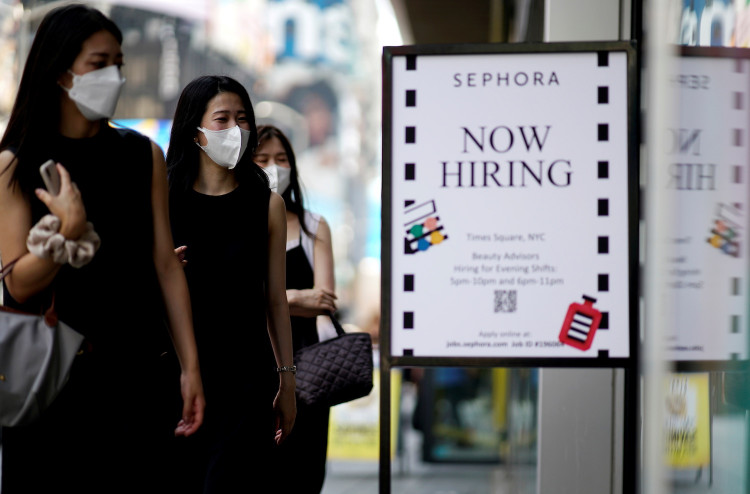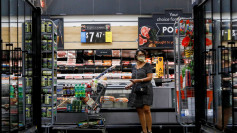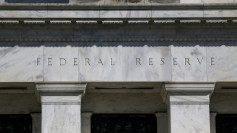Job openings in the United States fell to their lowest level since January 2021, according to new data released by the Bureau of Labor Statistics on Wednesday. The latest figures show that job openings dropped to 7.67 million at the end of July, down from 7.91 million in June. This sharp decline has raised alarms among economists and investors, who are closely watching for signs that the labor market is cooling faster than anticipated, potentially prompting the Federal Reserve to reconsider its interest rate strategy.
The Job Openings and Labor Turnover Survey (JOLTS) also revealed that while the number of hires increased slightly to 5.5 million in July, the overall hiring rate only ticked up modestly from 3.3% in June to 3.5% in July. Meanwhile, the quits rate, a key indicator of worker confidence, rose to 2.1%, up from 2.0% in the previous month. Despite these increases, the overall picture of the labor market is one of caution, as demand for labor appears to be waning.
Nancy Vanden Houten, a senior U.S. economist at Oxford Economics, noted in a client briefing that the latest data signals a continued easing in labor demand. "The decline in job openings suggests that the labor market is beginning to cool more rapidly than we had anticipated," Vanden Houten wrote. "This could potentially alter the trajectory of Federal Reserve policy if the trend continues."
This cooling labor market comes at a critical time, as Federal Reserve Chair Jerome Powell recently highlighted in a speech that the softening of the labor market has become "unmistakable." Powell emphasized that while the Fed is not seeking further deterioration in labor conditions, the risks to the central bank's full employment mandate have increased. "It seems unlikely that the labor market will be a source of elevated inflationary pressures anytime soon," Powell said.
The declining job openings, coupled with the potential for further labor market weakening, have led some economists to speculate that the Federal Reserve might be forced to cut interest rates more aggressively in the coming months. Jonathan Pingle, chief U.S. economist at UBS, suggested that the bar for a significant rate cut in September would be high but noted that "ominous warnings on the labor market front" could shift the Fed's consensus.
Further details from the JOLTS report provide additional evidence of a labor market in transition. The ratio of unemployed workers to job openings fell to 1.07 in July, a figure lower than the pre-pandemic average and indicative of reduced labor demand. Neil Dutta, head of economic research at Renaissance Macro, commented on social media that this decline is "yet another sign that labor demand has cooled, going a bit beyond where we were just before the pandemic."
This latest data has also influenced market expectations, with the CME FedWatch Tool now showing a nearly 50% chance that the Federal Reserve will cut interest rates by 50 basis points by the end of its September meeting, up from a 38% chance just a day earlier.
As investors and policymakers brace for further signs of economic weakening, all eyes are on the upcoming August jobs report, set to be released on Friday. Economists surveyed by Bloomberg expect the U.S. economy to have added 165,000 jobs in August, with the unemployment rate expected to tick down to 4.2%. However, with recent indicators suggesting a slowdown, there is growing uncertainty about whether the labor market can maintain its current stability.
The July JOLTS report has left many economists and analysts concerned about the future trajectory of the U.S. labor market. Robert Frick, a corporate economist at Navy Federal Credit Union, noted that while the labor market remains on stable ground, the question is whether it will continue to soften and potentially threaten economic expansion. "The labor market continues to soften and is about back to pre-pandemic levels; the question is, does the trajectory continue and threaten the expansion, or will it level off?" Frick wrote.
Despite the mixed signals, some aspects of the labor market remain resilient. Hiring activity picked up slightly in July, and the number of voluntary quits held steady, suggesting that workers are still confident in their ability to find new employment opportunities. However, the report also highlighted some red flags, including a spike in layoffs and discharges, which reached their highest monthly level since last spring.






